This week, the University of Kentucky Board of Trustees approved the design phase for the construction of a new building for the UK College of Medicine. According to a press release, the facility will include about 380,000 square feet of classrooms, conference rooms, simulation suites, office space, and support space.
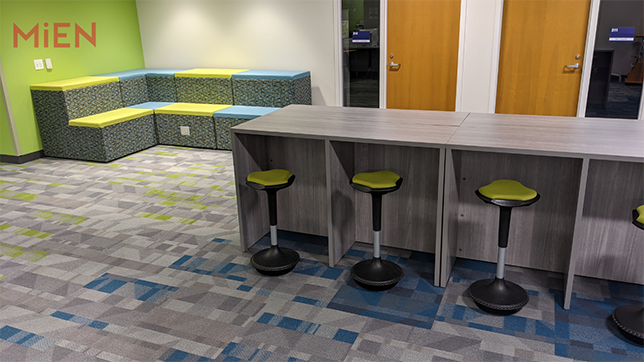
Our single-story school building was built in the 1970s and has been added onto and modified many times over the years. When it came time to give it yet another overhaul last year, the goal was to create a modern, collaborative learning environment that supported group work, Socratic seminars, fishbowl meetings, and STEM learners. We simply couldn’t check off all of these boxes using our existing footprint, so we started looking at how we could modify the space
North Carolina State University is partnering with KWK Architects and Jenkins-Peer Architects for Phase 4 of its five-phase Greek Village Master Plan. Infrastructure work is in progress for a new apartment building and two new townhouse units.

Daytona State College’s Palm Coast campus is set to begin a $4.2-million renovation project that will allow it to expand its nursing program. The college has partnered with DLR Group and Charles Perry Partners, Inc., on the construction that will create teaching facilities to fit an additional 90 nursing students.
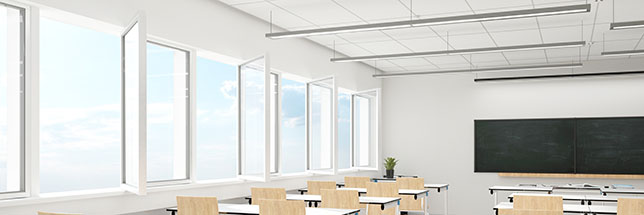
Solutions to modern problems sometimes find their roots in the past. During the tuberculosis epidemic in the early 20th century, many U.S. schools used open-air classroom designs to prevent the virus’ spread among students. Now, during the ongoing coronavirus pandemic, schools are once again turning to this model to allow students the fresh air and proper ventilation necessary for a healthy learning environment.
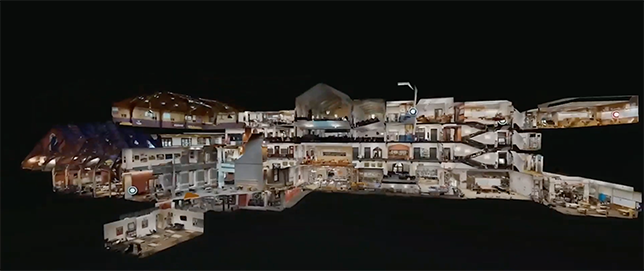
Matterport virtual tours offer the means to help schools set up a reopening plan and relay that information effectively. The technology lets schools create a virtual, 3D rendering of the entire campus. With this digital model in place, officials can get a fuller view of how students use the space, the changes that need to be made, and where to implement them.
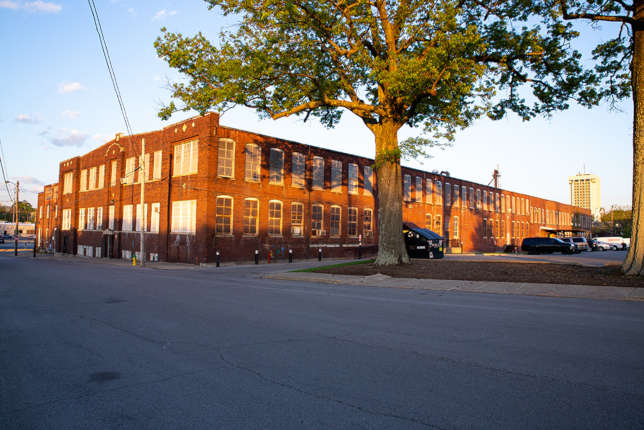
The University of Kentucky has revealed the plans for its new College of Design (CoD). The institution intends to renovate a century-old tobacco warehouse and turn it into a "vibrant and interactive learning space for design students." The design was done by Studio Gang, in collaboration with Louisville-based architect-of-record K. Norman Berry Associates (KNBA).
A California district has "topped off" its new multi-story, $67 million, 83,000-square-foot STEM school. The Los Alamitos Unified School District has laid the last piece of structural framing at the highest point of the building. The steel beam that was placed included handwritten messages, an American flag and an evergreen tree.

Oregon State University in Corvallis will be getting a new Arts and Education facility. The university's board of trustees recently approved construction of the $70 million complex, which will host performing arts classes, programs and performances on the campus in a 500-seat concert hall.
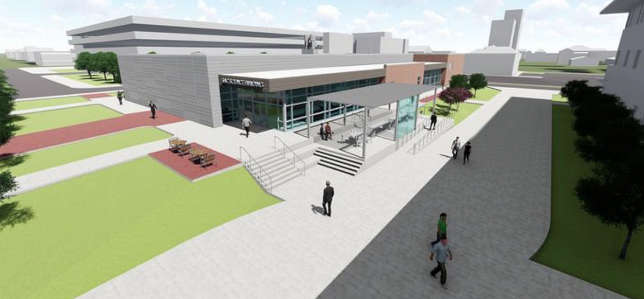
San Antonio College is funding construction of a new $13 million science building from a $83 million bond approved by county voters in 2017.
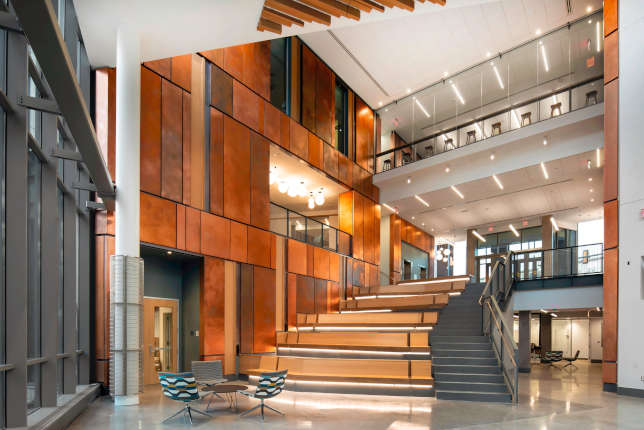
According to the university, the 133,000-square-foot building is intended to support advanced research and economic development initiatives with a design that emphasizes makerspaces, collaborative research facilities and flexible gathering areas.
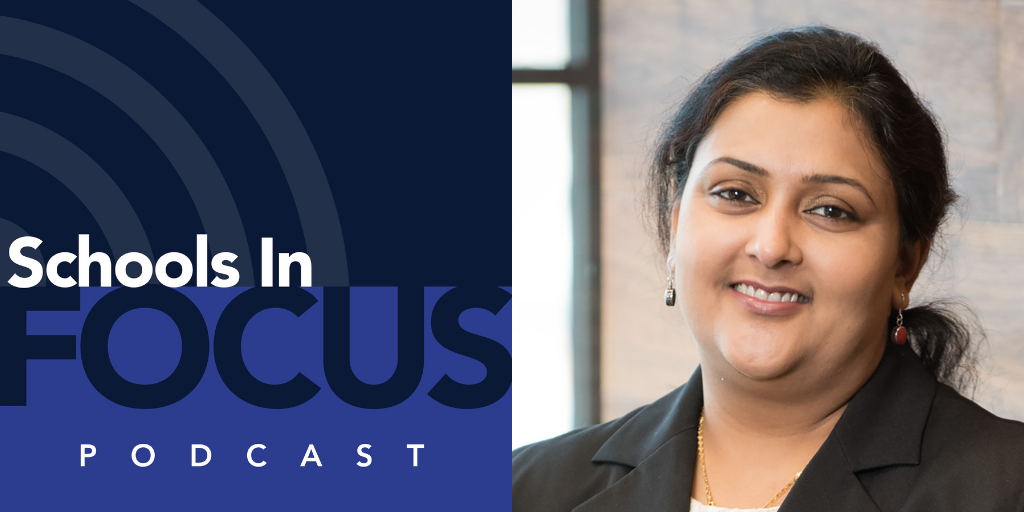
Ishita Banerjii, project architect at Hollis + Miller, discusses Kansas State University’s new multicultural student center. The building, dedicated to advance student diversity, features various gathering spaces like dance studios, huddle rooms, and a commercial kitchen.
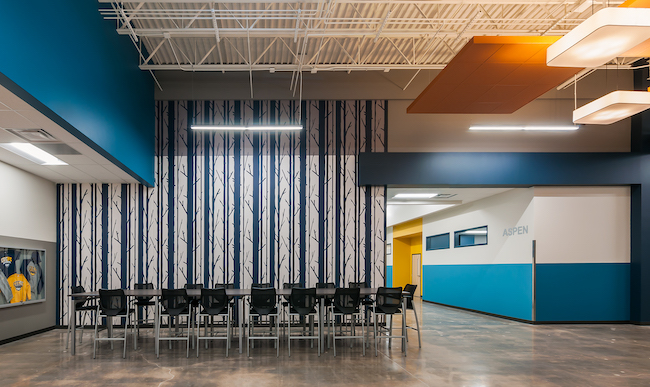
As the education industry assimilates to a new and uncertain future, we can take one lesson from 2020 with us: we must embrace innovative solutions and have the courage to try new things as we plan for the future. Adaptive reuse can support this endeavor.
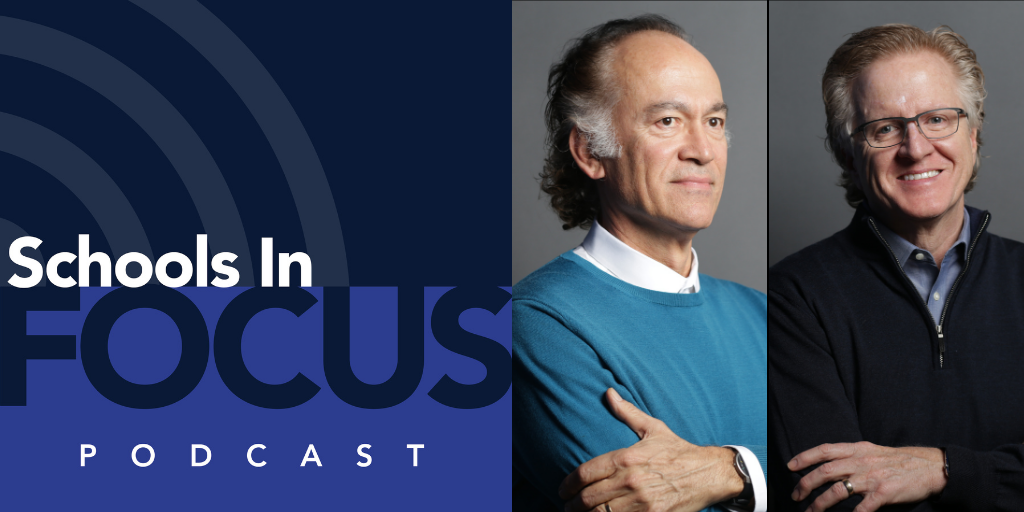
In this episode of Schools In Focus, Turan Duda and Jeff Paine, founding principals of Duda|Paine Architects, discuss how architectural design is shifting to better address the mental and physical health needs of students.
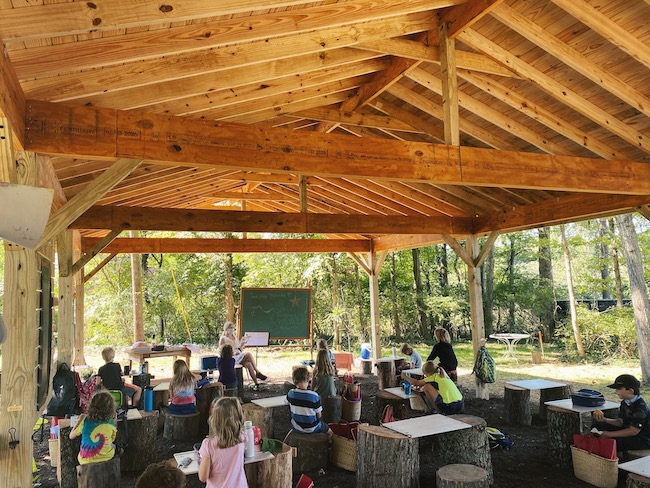
With a curriculum centered on connection to nature and environmental stewardship, Linden Waldorf School's vision for the pavilions were to move all classes completely outdoors where students get to be in nature throughout the whole school day.
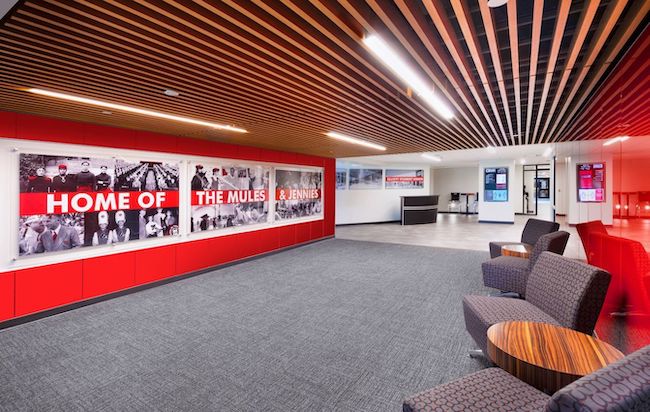
The University of Central Missouri has gone public with an update on a multi-year masterplan for renovating the Elliott Student Union, dubbed as the "campus living room," by the university's community.
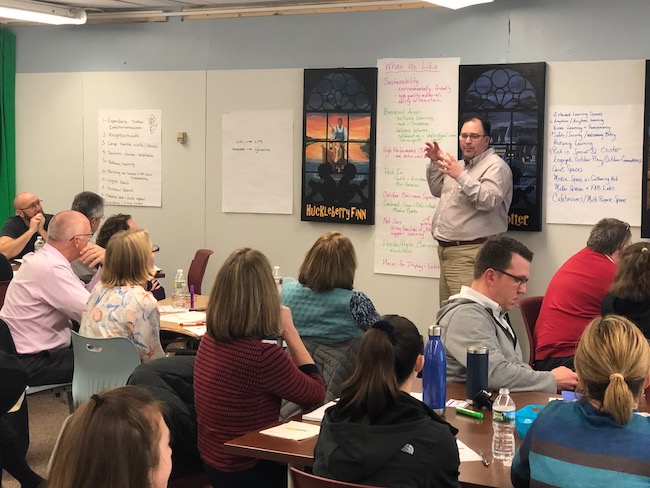
At the onset of a project, the design team and the district must unite to develop the appropriate “Visioning Process” to gain input from teachers, administrators, parents, students, and members of the public. This typically takes the form of in-person workshops or on virtual platforms as we encountered this past spring. The architect can then use that feedback to develop a customized school design that meets the district’s goals and expectations.
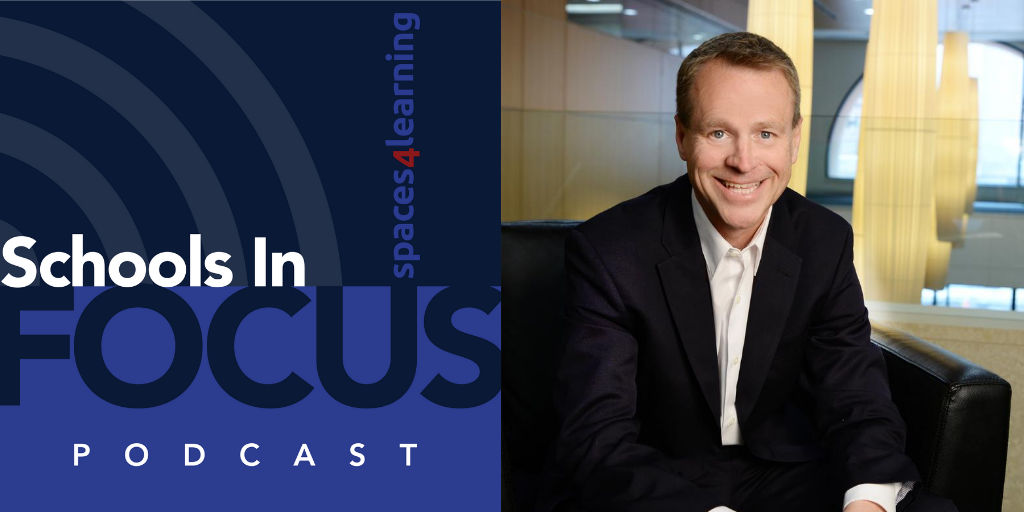
Stu Rothenberger, Principal at DLR Group, discusses flexibility on a campus scale, the need for long-term resiliency plans, tackling equity issues, and creating smaller interaction spaces in a post-COVID19 learning environment.

Here are five ways that K-12 school districts can keep their learning space design projects on track in a world where social distancing rules and shutdowns interfere with normal operations.
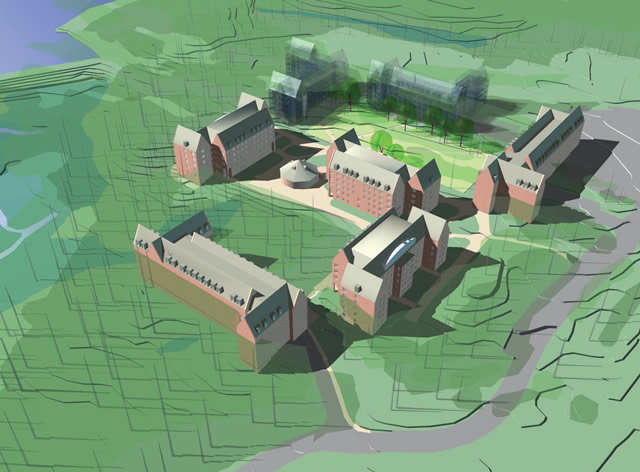
The academic sector is the perfect use case for exploring how design-build is the best delivery system for mitigating risk, increasing the speed of delivery, lowering costs, and delivering great design – all through a simpler, more collaborative process.
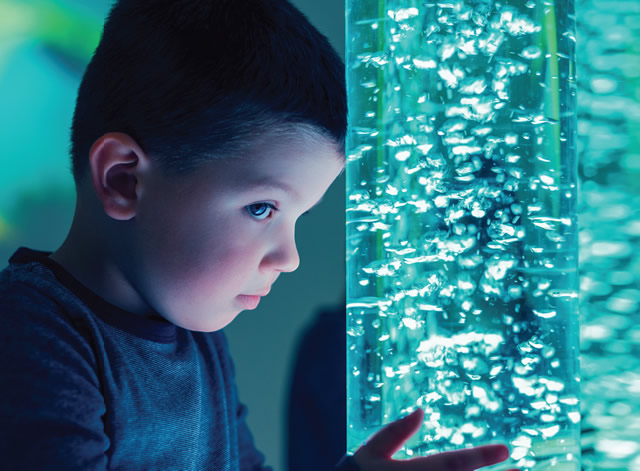
The stimulating environment of a sensory room may heighten awareness, provide a sense of security and comfort, improve creativity, promote mental and physical relaxation, and even decrease aggressive behaviors.
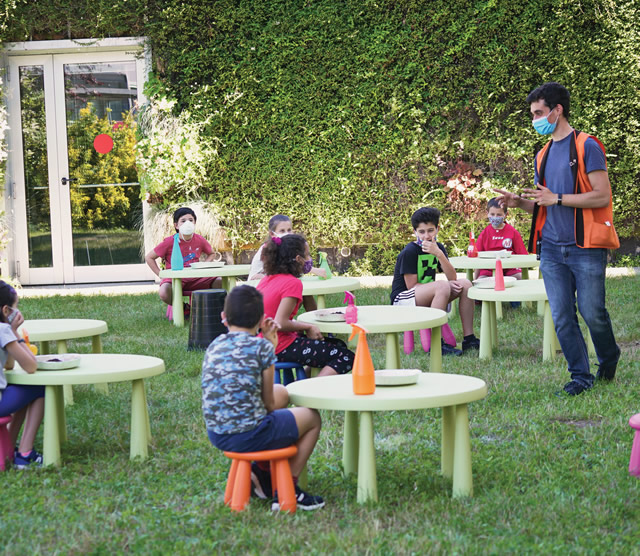
When students finally return to school after months of learning from home, there will be dramatic changes. Even when K-12 leaders are allowed to reopen their facilities, doing so safely and responsibly will require everyone to maintain proper distancing while they’re at school, experts agree — at least until there is a working vaccine for the COVID-19 virus.
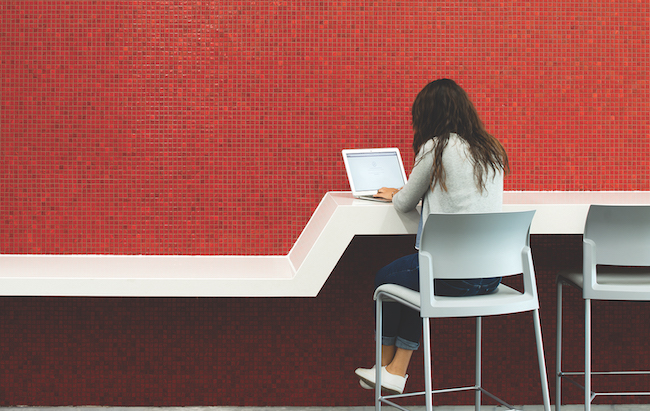
How can higher education institutions incorporate student success in their resilience planning process as they consider future impacts on campuses? And how can design professionals use their knowledge and skills to support this effort?

They are the first generation to be immersed in technology since birth, experiencing it as an extension of daily life. As future Gen Zers progress through our learning institutions, their characteristics, wants and needs will further shape K-12 education environments, university campuses and future workplaces.

We asked designers and architects from across the country what they anticipate classrooms will look like in the fall if they were to reopen, how the coronavirus will impact school design in the long-term, and suggestions on design concepts schools can implement right away to help with social distancing in facilities. Their answers offer insight to available design options and possibilities that can help school leaders plan and make the best decisions for their students and staff.
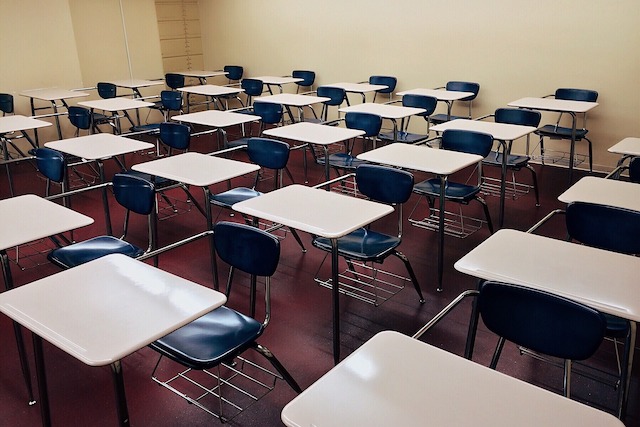
With COVID-19 changing the educational landscape each day, school and college decision makers need all the help they can get during this global crisis. Here are some resources on everything schools and colleges need to consider regarding educational facilities, construction, design and planning of new facilities, maintenance, managing employees and much more. (Updated 5/13)
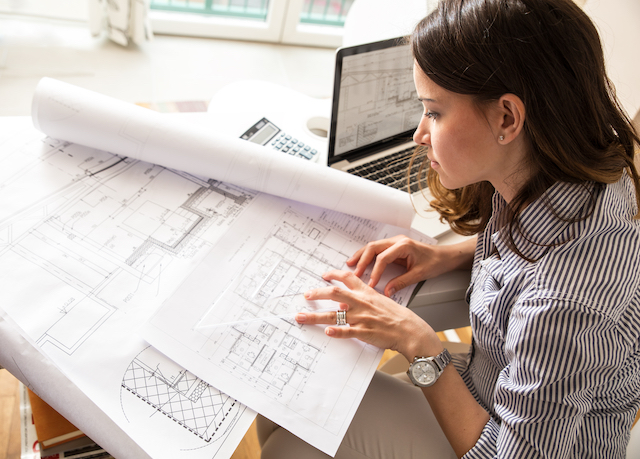
The fall of 2020 will be different. Nobody knows for sure what it will look like, but most would agree that it <em>will</em> be different, which raises many questions for those of us involved in the construction and design of academic facilities.